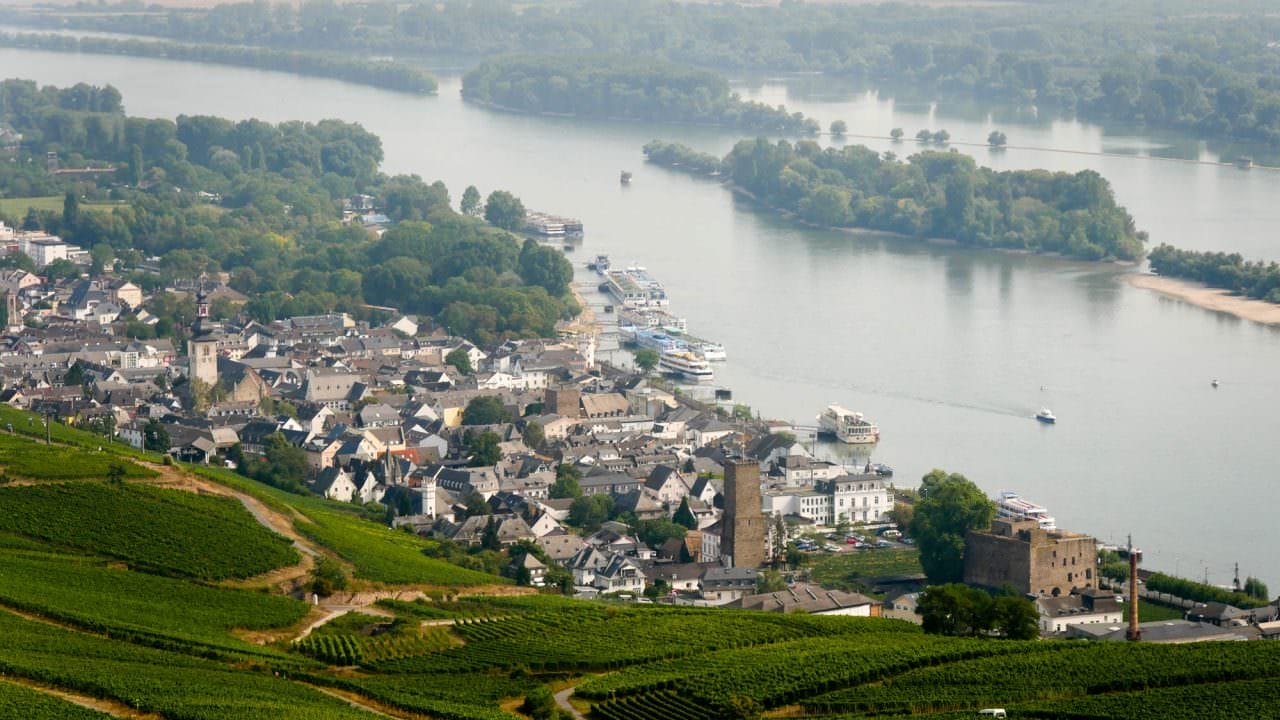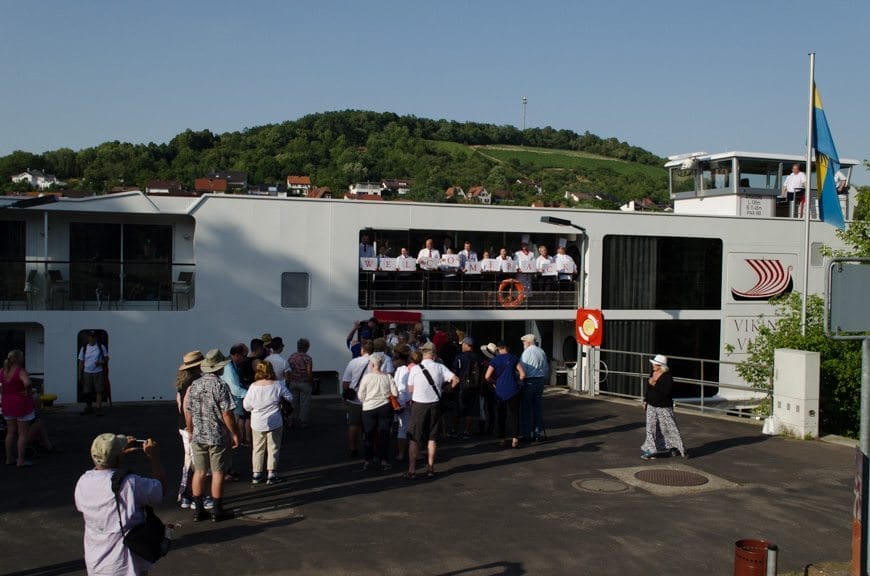Germany City Guides

Bamberg. Listed as a UNESCO World Heritage site, Bamberg is situated in the beautiful Bavarian region of Germany. It is one of the few German cities to have escaped significant damage during World War II, and as such boasts a classic, almost storybook-like appearance. Home to roughly 70,000 citizens, Bamberg celebrated its 1,000th birthday in 1973 – an age sure to be impressive to many travelers. Read more.

Bernkastle-Kues. Located along the breathtaking Moselle Valley, Bernkastle-Kues derives its name from the 1905 merger of Bernkastle with the village of Kues, located across the river. The history of Bernkastle itself dates back to the 11th century, though evidence of human settlement in the region has been traced by archaeologists to at least 3000BC. Read more.

Cochem. With an appearance that resembles something straight out of a fairy tale, the German town of Cochem is arguably one of the prettiest towns in the entire country. With a population of roughly five thousand, this small town is also one of the most pedestrian-friendly. Indeed, the vast majority of the town can be covered completely on foot. Read more.

Cologne. The German city of Cologne is home to just under 1 million citizens. Located along both sides of the spectacular Rhine river, it is also one of the oldest cities in Germany, having first been settled around 38 BC. Read more.
Frankfurt. Technically known as Frankfurt am Main, the city of Frankfurt is the financial center of Germany, and home to more than 650,000 residents. Situated along the beautiful Main (pronounced mine) River, Frankfurt is an ideal embarkation and disembarkation port for river cruises, thanks to its modern amenities and sprawling International airport. Read more.
Kelheim. Nestled within the mountains and hills of Bavarian Germany, Kelheim is situated at the confluence of both the Danube and Altmuhl rivers. Because of this, the picturesque town is gradually working its way onto river cruise itineraries that sail the Danube, thanks to its close proximity to both Regensburg and Nuremberg. Read more.

Nuremberg. When most people think of Nuremberg, they think of the infamous war crimes tribunals that took place here between 1945 and 1946. German officials who participated in the Holocaust were brought here to answer for their crimes, and the city itself was chosen largely because the Nazi Party held their rallies here, and laws passed stripping Jewish citizens of their rights were passed here. Read more.

Passau. The city of Passau, Germany is located at the conjunction where the River Ilz and the River Inn meet up with the Danube. Given its location, it has been dubbed the City of Three Rivers. It is a beautiful town with around 50,000 residents, including 10,000 students. The original inhabitants of the area were the Celts, followed by the Romans, who built a fortress in the area. Over time, it developed into a full town that’s rich with history. Read more.

Rudesheim. Rudesheim is a small, picturesque city conveniently located at the southern end of the Rhine Valley, along the banks of the Rhine River. The town’s full name is Rudesheim am Rein, meant to distinguish it from Rudesheim an der Nahe, which lies just across the Rhine. Read more.

Trier. The German town of Trier holds the distinction of being the oldest settled town in the country and was founded around 16 BCE. It is situated along the banks of the Moselle river in the state of Rhineland-Palatinate. Read more.

Wertheim-am-Main. Located in southwestern Germany, the town of Wertheim-am-Main is located along the banks of the Main (pronounced mine) River, where it meets the River Tauber. With a population of just over 24,000 inhabitants, Wertheim is a picturesque, medieval German city that is perfectly suited to arriving river cruise passengers. Read more.